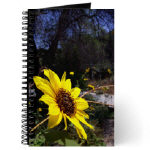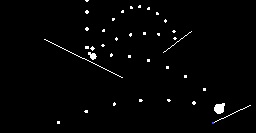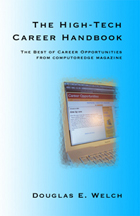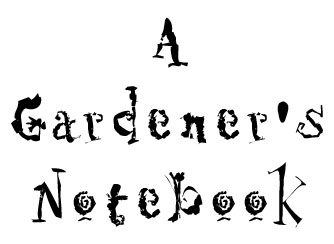It's Cherry Season - Now What?!
ItalianFood.About.com has some excellent ideas about what to do with the cherries that are coming to season right now. You can only eat so many now, so how about saving some for a rainy day when dreams of cherry blossoms are a long way away. The Cigliegiolo (Cherry Cordial) recipe certainly caught my eye.
 My Word with Douglas E. Welch
My Word with Douglas E. Welch
 06/06/2004 10 am
06/06/2004 10 am










